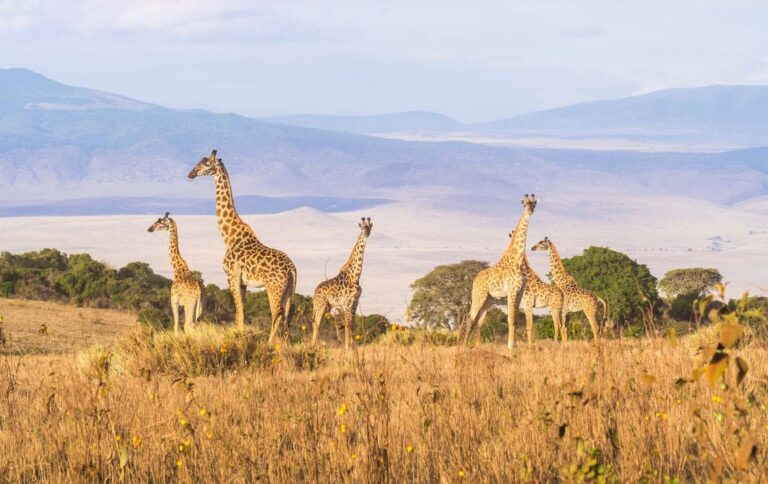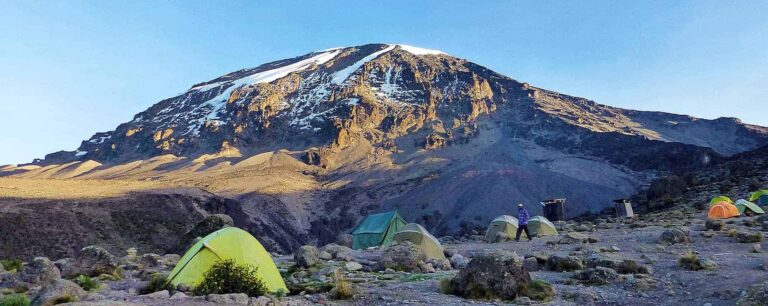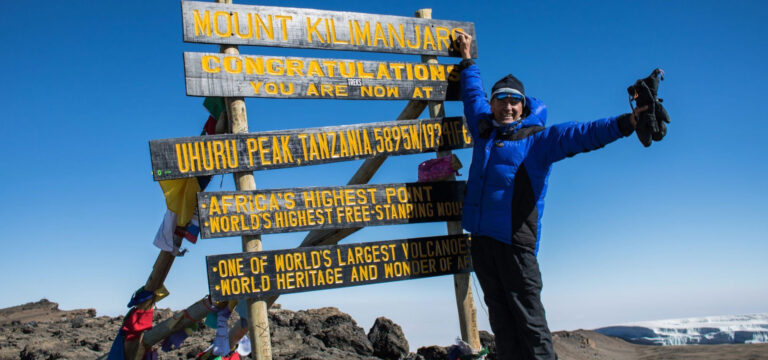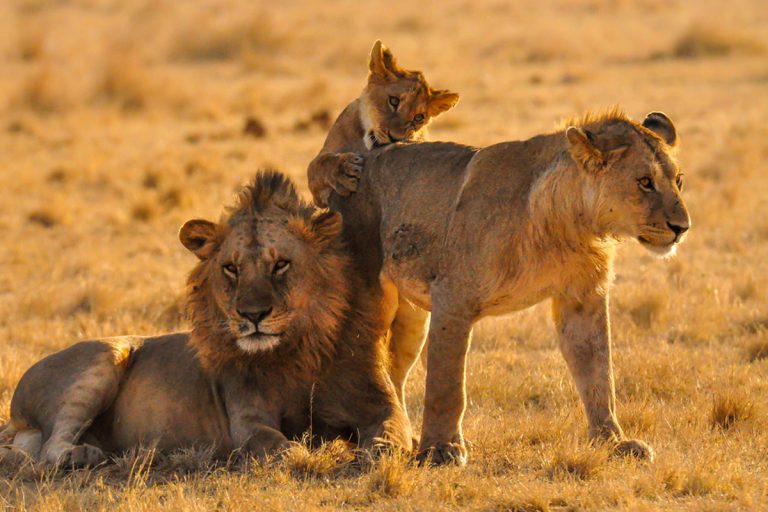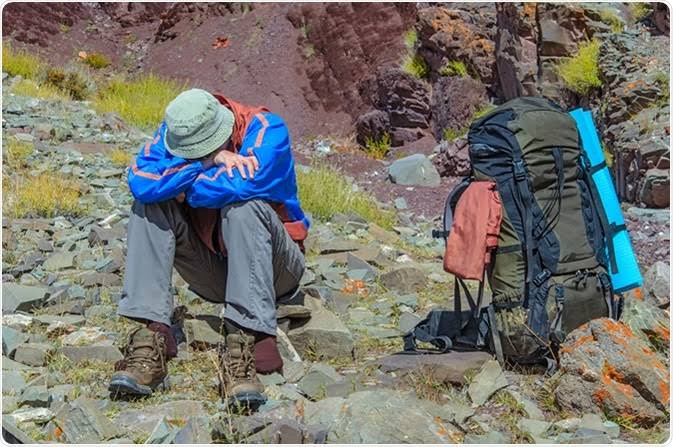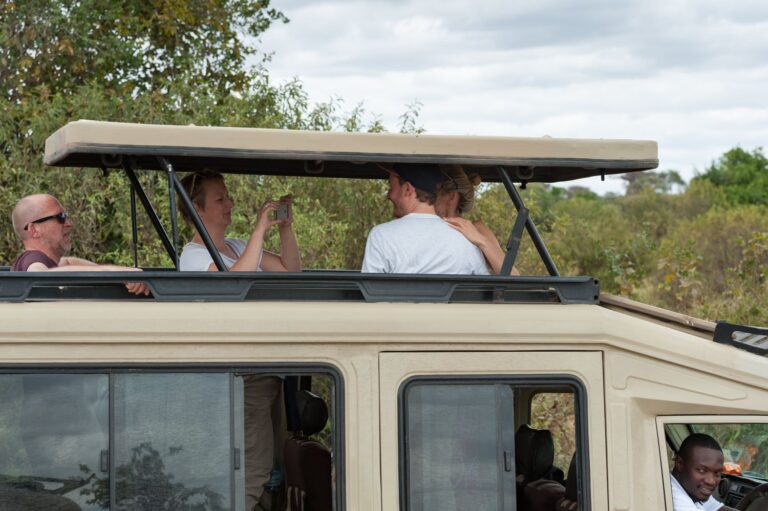Gombe National Park, located in western Tanzania, lies along the shores of Lake Tanganyika, the world’s longest freshwater lake. Situated about 16 kilometers north of Kigoma, the park is relatively small compared to other Tanzanian national parks, covering an area of approximately 35 square kilometers. Despite its modest size, Gombe National Park holds significant ecological and historical importance, largely due to the groundbreaking primatology research conducted by Dr. Jane Goodall starting in the 1960s.
The climate in Gombe National Park is typically tropical, characterized by two main seasons: the dry season and the wet season. The dry season, which lasts from May to October, features sunny and warm weather with minimal rainfall, making it an ideal time for wildlife viewing. Conversely, the wet season, spanning November to April, brings heavy rains, lush vegetation, and more challenging trekking conditions. During this period, the park’s trails can become slippery and difficult to navigate, but the scenery is incredibly verdant and vibrant.
Gombe National Park is renowned for its population of wild chimpanzees, which have been studied extensively for their social behaviors and interactions. In addition to chimpanzees, visitors can encounter a variety of other primates, including olive baboons, red colobus monkeys, and vervet monkeys. The park is also home to numerous bird species, making it a haven for birdwatchers. Other wildlife includes small mammals like bush pigs and duikers, and a rich diversity of flora that supports the ecosystem.
The best time to visit Gombe National Park is during the dry season, from May to October. During these months, the weather is more predictable, and the reduced vegetation density makes it easier to spot wildlife, particularly the chimpanzees. The dry season also provides more comfortable trekking conditions, allowing visitors to fully enjoy the park’s natural beauty and its unique primate inhabitants. However, for those interested in experiencing the lush, green landscapes and the more intense presence of wildlife, visiting during the early wet season can also be rewarding.

